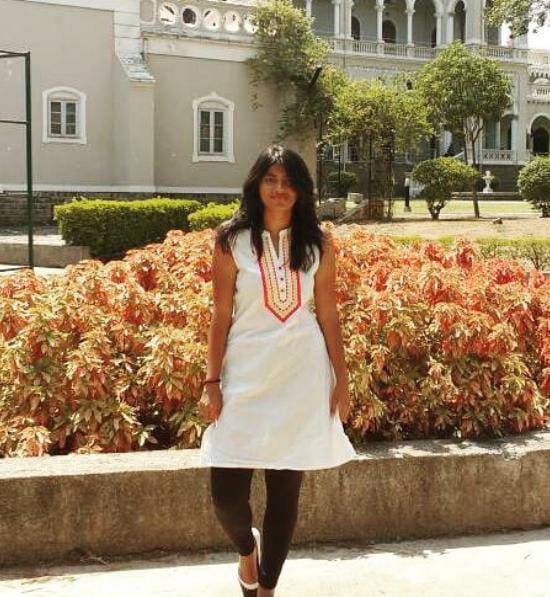Undavalli Caves, where faiths merge!
One of the well-preserved monuments of national importance, they were originally Jain caves and were later converted into a Hindu temple
Total Views |
How many places of worship can you think of where they worship not just one or two, but three different faiths? I am sure, not many such places come to mind. But the one we will explore today, doesn’t just have religious importance of 3 faiths, but also has immense archaeological importance. A monolithic structure of Indian rock-cut architecture, the Undavalli Caves are in Guntur city, Andhra Pradesh. Carved from sandstone on a hill, the caves date back to the 4th to 5th centuries. They are a true paradise for history buffs.

Architecture | The caves of Undavalli provides the finest example of the rock-cut architecture of the Buddhists in India. The caves are 29 metres long and 16 metres wide. Each floor has a different height. The first floor is a low-pillared hall with 8 pillars and 7 door openings.


One of the well-preserved monuments of national importance, they were originally Jain caves and were later converted into a Hindu temple. Considered to be an early example of Gupta architecture, the Undavalli Caves leave one awe due to its stunning design. On the outside, it looks like rows of cells arranged in various positions. The caves have 3 levels.
The caves, without a doubt are really unique. In this cave complex, you can witness layers of Buddhist, Jain and Hindu influence, telling the story of evolution of faith in the region.
History | These 3-storey caves are said to be found in the 7th century. They are associated with the Vishnukundin Kings of AD 420- AD 620. Under the Vishnukundin dynasty, that ruled here between the 5th and 7th centuries, the caves were transformed into a Hindu cave complex. Originally vassals of Vakatakas of Vidarbha (present-day Maharashtra), the Vishnukundins established independence around 420 CE, establishing their capital, first in present-day Amaravathi and then at Vijayawada.
Also Read | Ranakpur Jain temple: A masterpiece of architecture in Rajasthan
These exquisite caves of Undavalli were dedicated to Anantapadmanabha and Narisimhaswami. According to historical evidence, Madhava Reddy, who ruled this region as subordinate under the Reddies of Kondaveedu, gifted the caves to the temple of Anantha Swamy. It is also believed that these caves were used by the Buddhist monks as rest homes. Here, many Buddhist stupas were converted into Hindu temples. It was initially a Jain cave with an architecture of Udayagiri and Khandgiri. The first floor still retains the Jain style.
The first storey has shrines dedicated Trimurti - Shiva, Vishnu and Brahma, each with a pillared hall in the front. The faces sculpted into the entrance of the caves are believed to be those of donors – possibly rich merchants – who paid for the caves’ construction and upkeep. With the decline of Buddhism from 5th century CE onwards, the caves were occupied by Jain monks. The first floor of the main caves shows a resemblance to the Jain caves at Udayagiri and Khandagiri in Odisha. The walls here are detailed with murals of scenes from mythological tales.
Also Read | Patwon ki Haveli: the 19th century grandeur of Jaisalmer!
The second storey has a rectangular pillared hall with a shrine of Lord Vishnu. This statue is a major attraction as it is made out of the single granite block. The walls are adorned with sculptures from the Chalukyan period and the Vaishnava deities can be seen here. The most striking sight here though, is that of the 5 meters long statue of a diety who is believed to be Lord Vishnu, in a reclining position.

When you reach the top of the cave, you get an amazing view of the lush hills. You can also see Krishna River flowing behind the caves. Tourists can even take the boat ride on the river enjoying the natural beauty. A perfect blend of architectural wonder and historical importance, Undavalli Caves should definitely be the next in to your bucket list.


